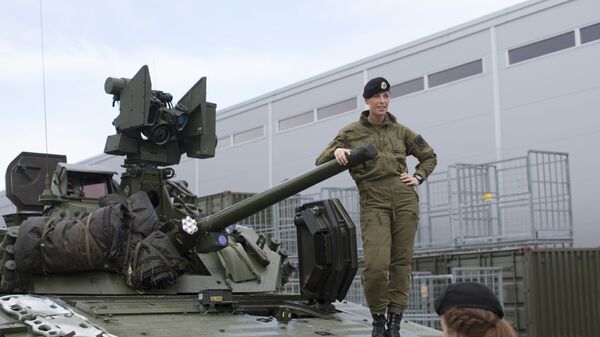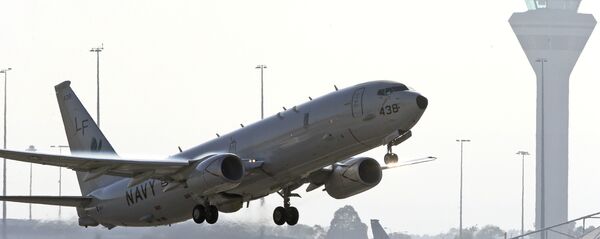With the exception of the Telemark battalion (with around 470 soldiers), intelligence battalion and special forces, the Norwegian Army was found to lack units that are ready for battle within a few hours. With only one brigade, and with weak range of anti-aircraft and artillery, the Norwegian Armed Forces was found to be able to defend an area corresponding to a middle-size Norwegian municipality with an area of 600 square kilometers, such as Rissa, Vardø and Førde — compared to the country's total area of 385,000 square kilometers. The highly limited impact force made it thus difficult to defend Norway from potential aggression until the arrival of allies. However, the report also found vulnerabilities in encrypted communication, also with allies, especially over long distances.
Nina Græger, senior researcher at the Norwegian Institute of International Affairs (NUPI), argued that the situation gave every reason for concern.
"One may ask whether it is possible to set up a defense that is good enough to parry the threats without having to go far beyond the economic framework," Nina Græger said, reminding that the Norwegian forces will also be sued in international missions to contribute to a fairer burden-sharing with its NATO allies.
At present, Norway is facing two defensive strategies. The first one is dubbed "the maneuver concept" and was utilized by the Germans at the beginning of WW2, with forces in a flux to put the enemy off balance. A similar strategy was adopted by Norway until 2000, but with three times as many soldiers as today.
The second options is the so-called "exchange concept," with such historical examples as the "trench war" during WW1, the Maginot Line or the Mannerheim Line during WW2, neither of which proved truly successful. Today, this concept is embodied in forces with a capacity for attack from long distance, with long-range precision weapons, such as missiles, fired from ground level, aircraft or naval vessels. According to Brandvik, the latter option is beneficial in that it is likely to limit losses, while it also may be difficult to stop the opponent in this manner.
– F-35 er et beist, forteller norsk testflyger.
— Forsvaret (@Forsvaret_no) 2 марта 2017 г.
Kampflyet dominerte under verdens største luftkampøvelse. https://t.co/LRZGF8OmOP pic.twitter.com/MwXTdSkK05
Never miss a story again — sign up to our Telegram channel and we'll keep you up to speed!





